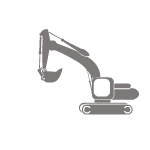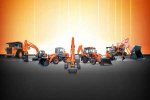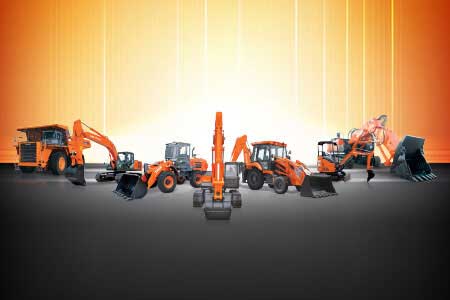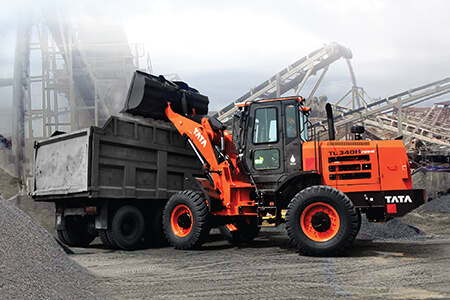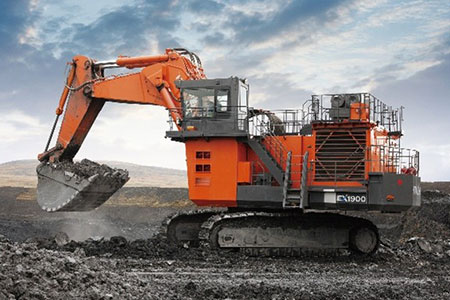Electric Construction Heavy Equipment Machinery: Benefits, Disadvantages, and More

Introduction
The construction equipment industry is undergoing a major transformation with the shift towards electric-powered machinery. As concerns about climate change, sustainability, and energy efficiency grow, companies worldwide are investing in electric construction equipment to reduce carbon footprints and align with evolving environmental regulations. Tata Hitachi, along with its parent company Hitachi Construction Machinery (HCM), is at the forefront of this transition, pioneering electric excavators and other heavy machinery designed for a more sustainable future.The Range of Electric Construction Equipment
Hitachi Construction Machinery has been a leader in electric excavator development for over two decades, producing excavators ranging from 190 to 800 tonnes. These include the EX 2600-6E (260-tonne class excavator), which is actively deployed in Indian coal mines. Additionally, the EH 3500AC-3 (190-tonne dump truck) is another example of advanced electric machinery operating successfully in India. Expanding further, Hitachi Construction Machinery has introduced battery-powered excavators in 2, 5, 8, and 13-tonne classes, showcased at international events like BAUMA 2022 and EXCON 2023. Tata Hitachi has also taken a significant step by unveiling India’s first indigenously developed electric excavator (E-Electric) prototype, a 3-tonne mini excavator, at EXCON 2023 & concept of a 20-tonne electric excavator at BAUMA 2024.Benefits of Electric Construction Equipment
- Zero Emissions: Unlike diesel-powered machines, electric construction equipment produces no emissions during operation, making it an eco-friendly alternative that significantly reduces air pollution.
- Lower Operating Costs: While the initial investment in electric machinery may be higher, the long-term savings are considerable. Electricity is cheaper than diesel fuel, and electric machines have fewer moving parts, leading to reduced maintenance costs and downtime.
- Reduced Noise Pollution: Electric machinery operates much more quietly than diesel-powered equipment, making it ideal for urban and residential construction projects where noise pollution is a concern.
- Energy Efficiency: Advanced battery technology and AC drive motors improve energy efficiency, ensuring optimal performance while reducing overall power consumption.
- Regulatory Compliance: As governments worldwide impose stricter emissions regulations, electric machinery provides an easy way for companies to stay compliant while benefiting from potential subsidies and tax incentives.
Challenges and Limitations
- Higher Initial Investment: The cost of electric construction equipment is typically higher than that of traditional diesel-powered alternatives, which can be a barrier for smaller businesses.
- Charging Infrastructure: In India, the charging infrastructure for heavy electric machinery is still developing, making widespread adoption challenging.
- Battery Performance and Charging Time: While battery technology is advancing, charging times and battery lifespan remain concerns, especially for machines operating in remote locations with limited power access.
- Weight and Power Output: Some electric models may have weight and power limitations compared to their diesel counterparts, affecting performance in heavy-duty applications.
Market Trends and Future Outlook
The transition towards electric construction equipment is driven by technological advancements, regulatory support, and the increasing demand for sustainable solutions. Key trends shaping the future include:- Advancements in Battery Technology: Future batteries will offer longer operating times, faster charging, and improved energy density.
- Expansion of Electric Offerings: More manufacturers will introduce electric versions of excavators, dump trucks, and other machinery.
- Smart Technology Integration: Remote monitoring, predictive maintenance, and AI-powered automation will enhance operational efficiency.
- Infrastructure Development: Investment in charging stations at construction sites and depots will accelerate adoption.
- Government Incentives: Stricter emissions regulations and financial incentives will continue to drive the market shift.
Tata Hitachi’s Vision for the Future
Tata Hitachi envisions a future where electric construction equipment becomes the norm, offering sustainable, high-performance solutions that cater to the needs of a rapidly evolving industry. By investing in research and innovation, Tata Hitachi aims to develop advanced electric machinery that ensures progress without compromising the environment.Conclusion
Electric construction equipment represents a crucial step towards building a sustainable future. While challenges such as infrastructure development and initial costs exist, the long-term benefits far outweigh them. Tata Hitachi, is committed to driving this transformation, ensuring that the construction industry moves towards a cleaner, greener tomorrow.
Article Tags:
Recent Articles
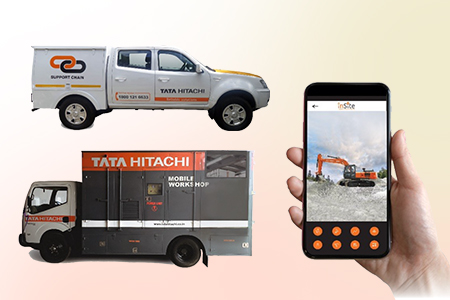
August 1, 2025.
The Role of After-Sales Support in Heavy Equipment Longevity
The Role of After-Sales Support in Heavy Equipment Longevity In industries like construction, mining, and infrastructure development, the journey doesn’tContinue Reading
Read more →
August 1, 2025.
How the Right Attachments Can Reduce Heavy Machine Downtime
How the Right Attachments Can Reduce Heavy Machine Downtime In construction, mining, and infrastructure projects, machine downtime often leads toContinue Reading
Read more →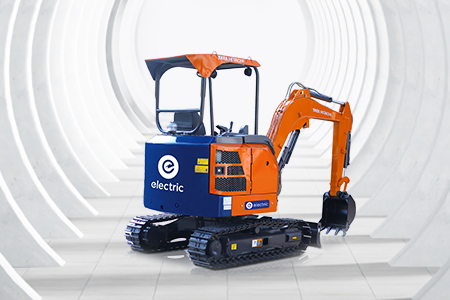
July 31, 2025.
Electric Construction Heavy Equipment Machinery: Benefits, Disadvantages, and More
Electric Construction Heavy Equipment Machinery: Benefits, Disadvantages, and More Introduction The construction equipment industry is undergoing a major transformationContinue Reading
Read more →